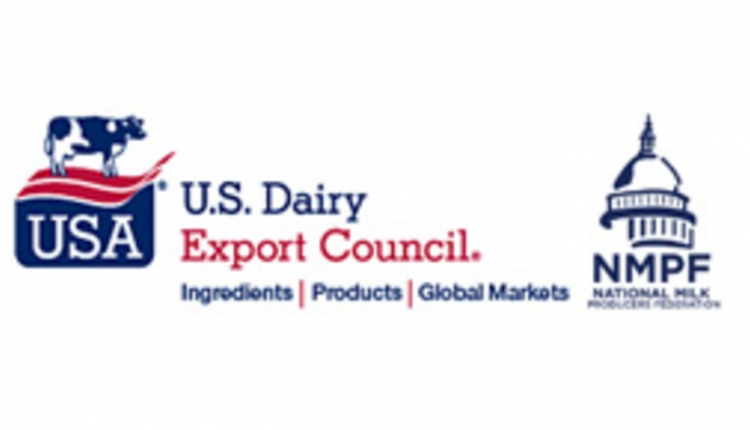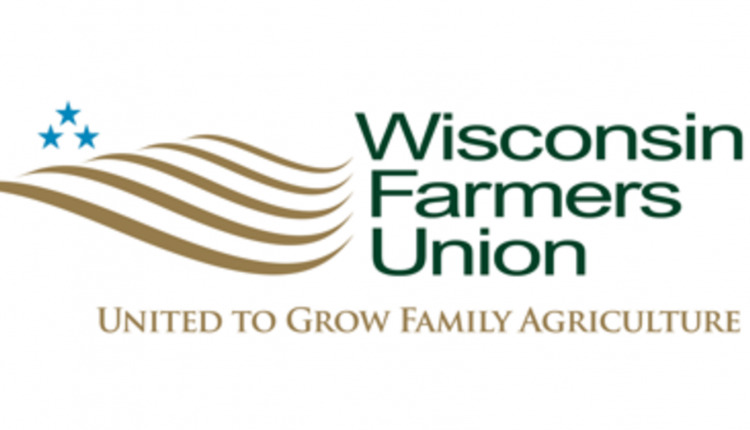In your April 10, 2022 issue . . .
AN ALL-TIME HIGH MILK PRICE is forecast by futures markets. “The 2022 estimate is $25.74 and compares to the previous 2014 record of $24,” noted Ed Gallagher, president of DFA Risk Management Services. “We are expecting milk prices to increase more than $2 per hundredweight (cwt.) yet this spring,” he shared at DFA’s annual meeting on March 23.
OF COURSE, COSTS TO MAKE MILK ARE WAY UP. Gallagher estimated it will cost $21 per hundredweight to produce milk. However, the $7 projected gain in milk prices when compared to prepandemic 2019 should more than cover the $5 jump in feed costs from that era.
“EVERYONE SHOULD MAKE RISK MANAGEMENT a priority,” stated DFA’s CEO Rick Smith. “Risk management must be part of your strategy (to protect milk check revenue and secure feed inputs).”
“NOT ONLY DOES THIS YEAR LOOK VERY PROMISING, but the future for U.S. dairy is incredibly bright,” shared NMPF’s CEO Jim Mulhern. “I have never been more bullish on the future of this industry. The U.S. will be the No. 1 exporter of dairy in the world. The only question is time. The time frame in the back of my mind has only sped up.”
“THE FUTURE WILL NOT BE WITHOUT CHALLENGES. The reality we face today is that uncertainty and volatility is a way of life for now,” added Mulhern. “It’s not going to be like the past. We’ve been on a roller coaster for many years,” he said, explaining that the Russian-Ukrainian crisis has put tremendous pressure on farm inputs.
“RUSSIA AND THE UKRAINE ARE TOP 10 EXPORTERS of nitrogen, phosphorus, and potassium. Russia is a major exporter of oil and natural gas. All those things are now up in the air, at risk,” stated Mulhern of the extreme volatility on the input side of the milk equation.
DOUBLING DOWN ON RISK MANAGEMENT: “There has never been a time that you need risk management more than today because the world is so uncertain.” That came from Rabobank’s Mary Ledman, who stressed the importance of risk management for both milk prices and input costs.
CME FUTURES VERIFY INFLATION and market uncertainty. Both Class III and Class IV milk futures for April-to-December contracts climbed nearly $4 per cwt. from January 4 to March 24 trading to reach a $24.20 and a $25.10 per hundredweight average, respectively.
ON JANUARY 4, THOSE CONTRACTS averaged $20.14 (Class III) and $21.33 (Class IV). The day prior to the Russian invasion of Ukraine, the CME futures market had moved to a $21.68 Class III average and a $23.30 Class IV average for the final nine months of this year.
CORN SHOWED A SIMILAR UPWARD MOVEMENT with January 4 contracts netting $6.10 per bushel; February 23 (preinvasion) at $6.80; and March 24 at $7.50. Soybeans moved in equal fashion for the three checkpoints: $13.90 per bushel on January 4; $16.70 on February 23; and $17 on March 24, which coincided with the magazine’s close.
THE U.S. REMAINS HUNGRY FOR CREAM and milkfat. “Markets will probably be supportive of $2-plus butter for quite a while,” said Gallagher. While butter inventories backed up during the height of COVID-19, that is no longer the case. “Demand for the holidays was so strong for butterfat that the inventory evaporated,” shared the economist.
ORGANIC VALLEY CO-OP STEPPED FORWARD and offered cooperative memberships to 90 Northeast organic dairy farms that had their contracts terminated by Horizon and Maple Hill Creamery.
TACO BELL ROLLED OUT a dairy-based coffee creamer and a coffee drink at more than 7,500 restaurants, an effort funded by the dairy checkoff.








